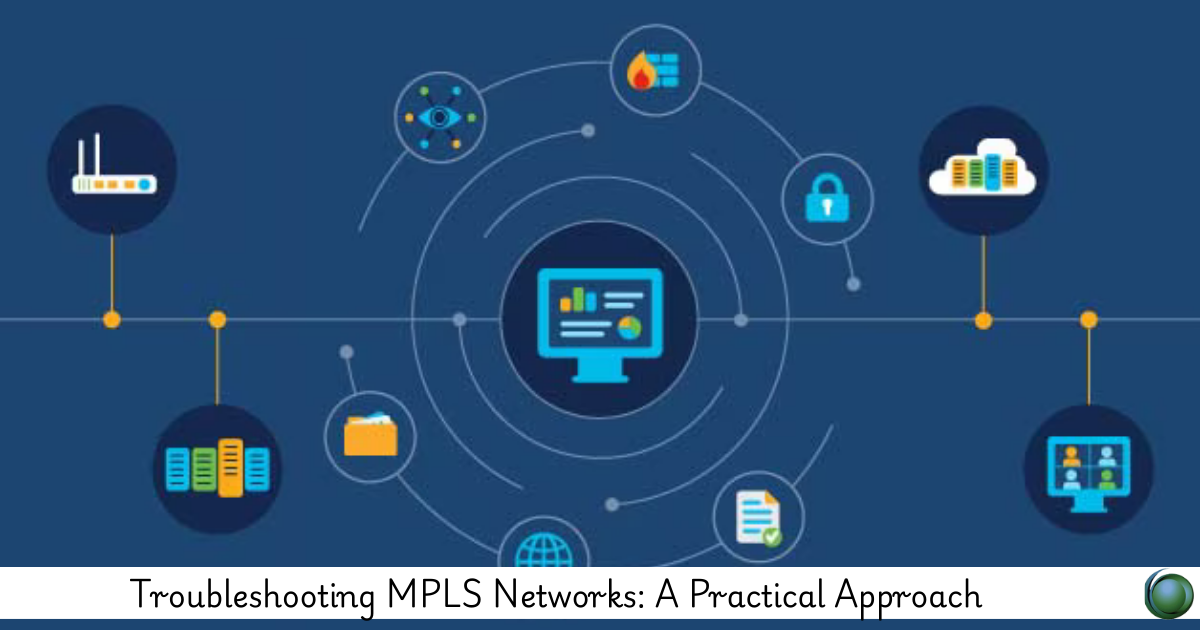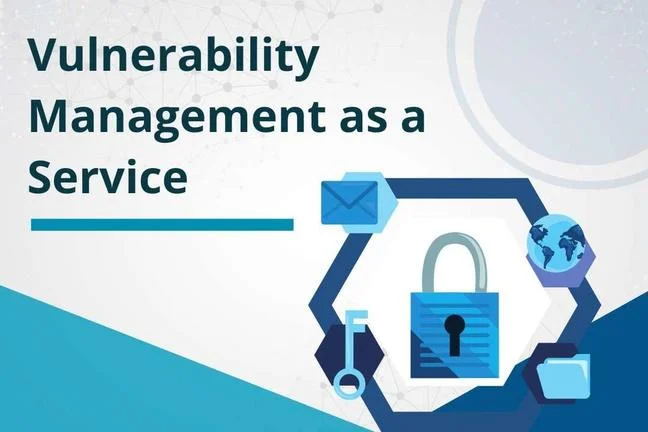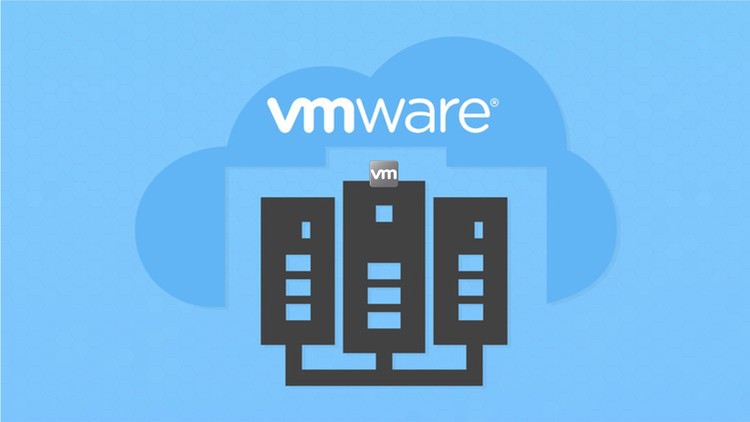Description
Introduction
MPLS (Multiprotocol Label Switching) is a highly efficient and scalable solution for directing data packets through a network, but like any complex technology, it can encounter issues. This course is designed to help network engineers and professionals understand the best practices and methodologies for troubleshooting MPLS networks. It covers the common problems that occur in MPLS networks, how to identify them, and the tools and techniques needed to resolve them effectively. By the end of this course, you will be equipped with a practical approach to diagnosing and fixing MPLS-related network problems.
Prerequisites
- Basic understanding of networking concepts and protocols (IP, BGP, MPLS).
- Familiarity with MPLS architecture and components (e.g., PE, CE, LSR).
- Knowledge of network troubleshooting tools (e.g., ping, traceroute, SNMP, etc.).
- Understanding of MPLS VPNs and their operation.
Table of Contents
1. Introduction to MPLS Network Troubleshooting
1.1 What is MPLS?
1.2 Common MPLS Network Issues
1.3 Importance of Effective Troubleshooting
1.4 Tools for Troubleshooting MPLS Networks
2. Common MPLS Network Issues
2.1 Label Distribution Problems
2.2 MPLS Label Switching Problems
2.3 Connectivity and Routing Issues in MPLS VPNs
2.4 QoS and Traffic Engineering Failures
2.5 Looping and Black Holes in MPLS Networks(Ref: MPLS Layer 3 and Layer 2 VPNs: Design and Deployment)
3. Basic Troubleshooting Methodologies
3.1 Layered Approach to Troubleshooting
3.2 Identifying the Root Cause Using Diagnostic Tools
3.3 Verifying MPLS Network Configuration
3.4 Using Ping and Traceroute in MPLS Networks
4. Troubleshooting MPLS Label Distribution
4.1 Label Distribution Protocol (LDP) Troubleshooting
4.2 RSVP and LDP Interaction Issues
4.3 Verifying Label Swapping and Forwarding
4.4 Troubleshooting MPLS Forwarding Loops
5. Troubleshooting MPLS VPN Connectivity
5.1 Identifying VPN Connectivity Issues
5.2 Troubleshooting BGP and VPN Routing
5.3 Issues with VRF Configuration
5.4 Monitoring and Troubleshooting VPN Traffic Flows
6. MPLS Network Performance Optimization
6.1 Identifying Network Congestion Issues
6.2 Traffic Engineering Optimization Using MPLS
6.3 Resolving QoS and Traffic Policing Issues
6.4 Improving MPLS Network Throughput and Latency
7. Advanced Troubleshooting: MPLS and SD-WAN Integration
7.1 Understanding MPLS and SD-WAN Interaction
7.2 Troubleshooting SD-WAN Connectivity over MPLS
7.3 Verifying Hybrid Network Configurations
7.4 Handling MPLS Failover in SD-WAN Environments
8. MPLS Network Monitoring Tools and Best Practices
8.1 Real-Time MPLS Network Monitoring
8.2 SNMP, Syslog, and Network Management Systems (NMS)
8.3 Analyzing MPLS Traffic Using Flow Data
8.4 Regular MPLS Health Checks and Preventive Measures
9. Troubleshooting Case Studies
9.1 Case Study 1: Resolving Label Distribution Problems
9.2 Case Study 2: MPLS VPN Connectivity Issue
9.3 Case Study 3: Traffic Engineering Failure
9.4 Case Study 4: MPLS and SD-WAN Integration Issue
10. Best Practices and Proactive MPLS Network Maintenance
10.1 Proactive Monitoring and Alerts
10.2 Regular Firmware and Software Updates
10.3 Optimizing MPLS Network Design for Scalability
10.4 Redundancy and Backup for Critical MPLS Paths
Effective troubleshooting is essential for maintaining the reliability and performance of MPLS networks. By mastering the techniques outlined in this course, you can confidently diagnose and resolve issues across the MPLS architecture, from label distribution to VPN connectivity. With a clear approach and the right tools, network professionals can minimize downtime and enhance the overall health of the network. This practical guide ensures that you’re prepared to handle any MPLS-related issue that may arise and keep your network running smoothly.







Reviews
There are no reviews yet.